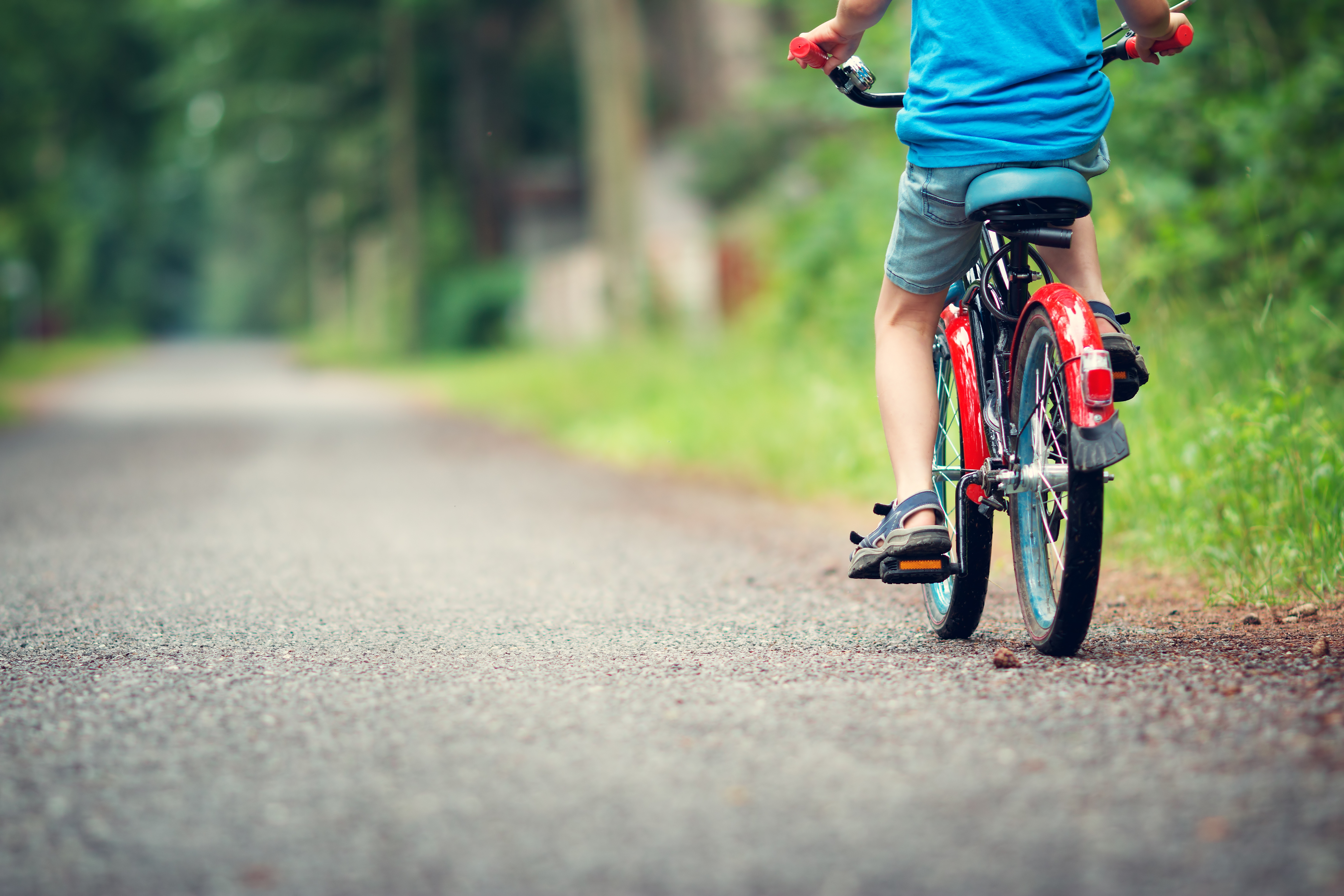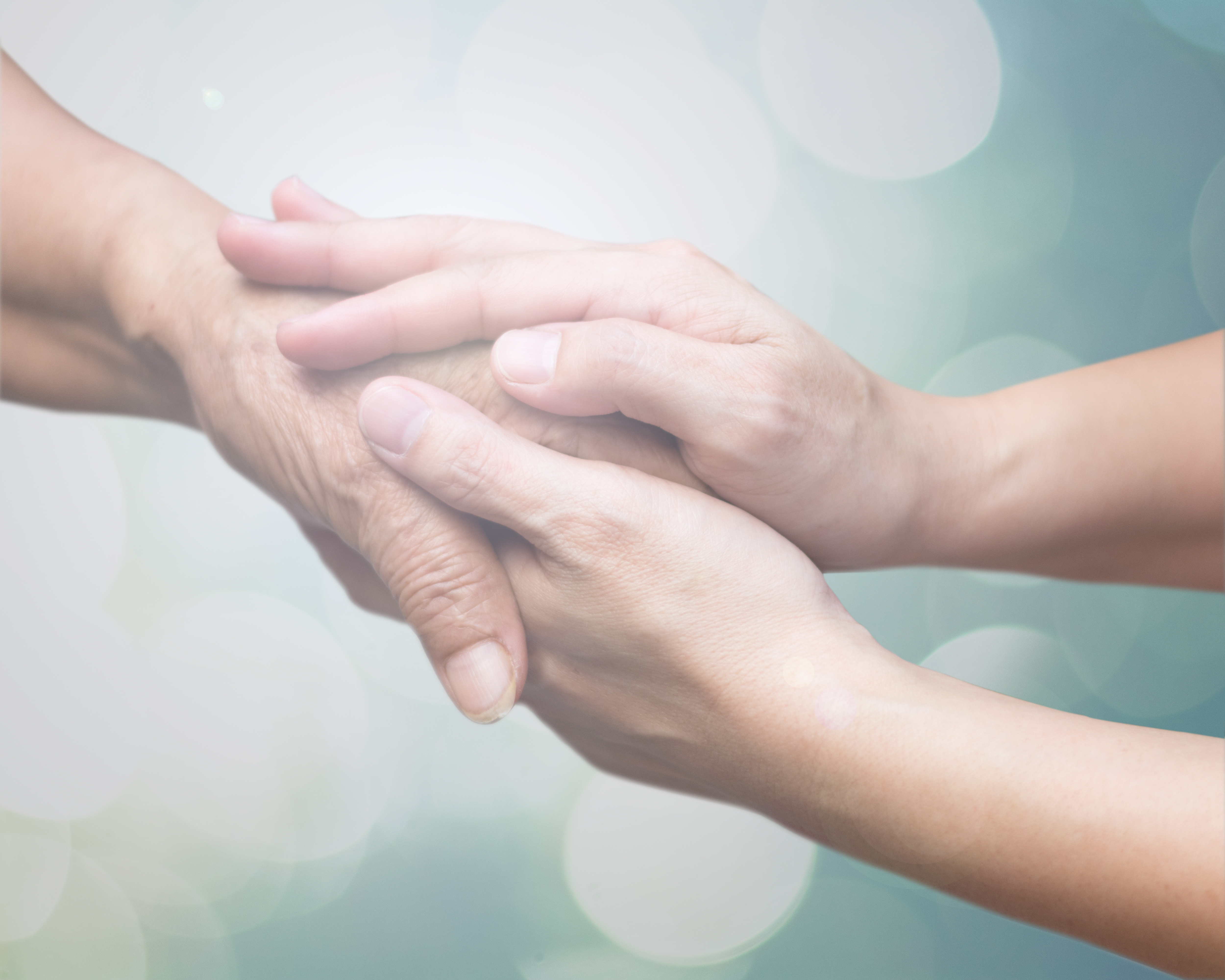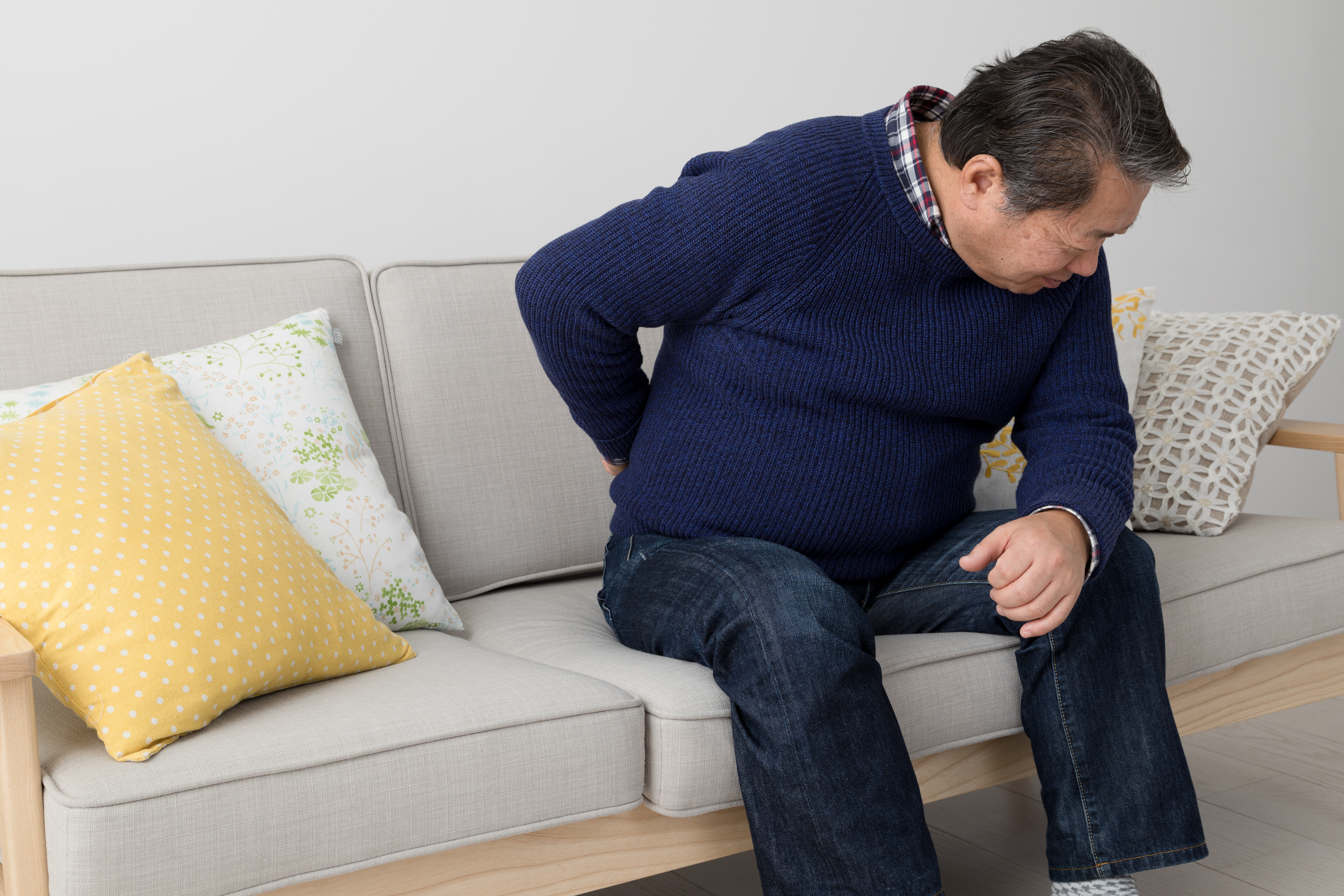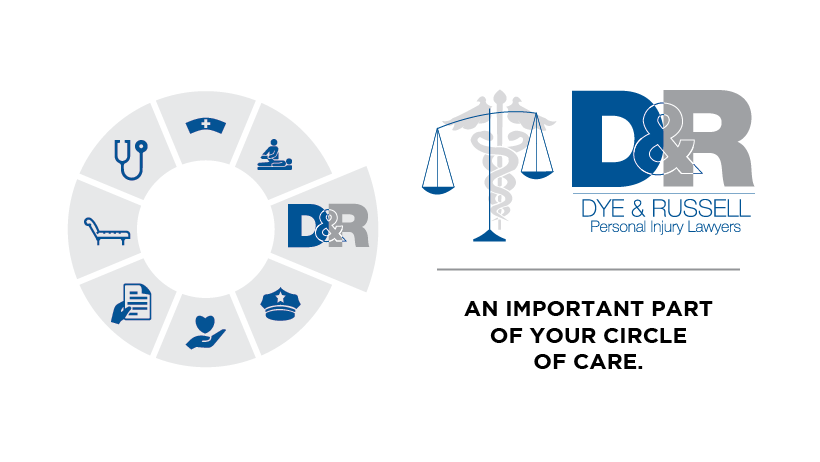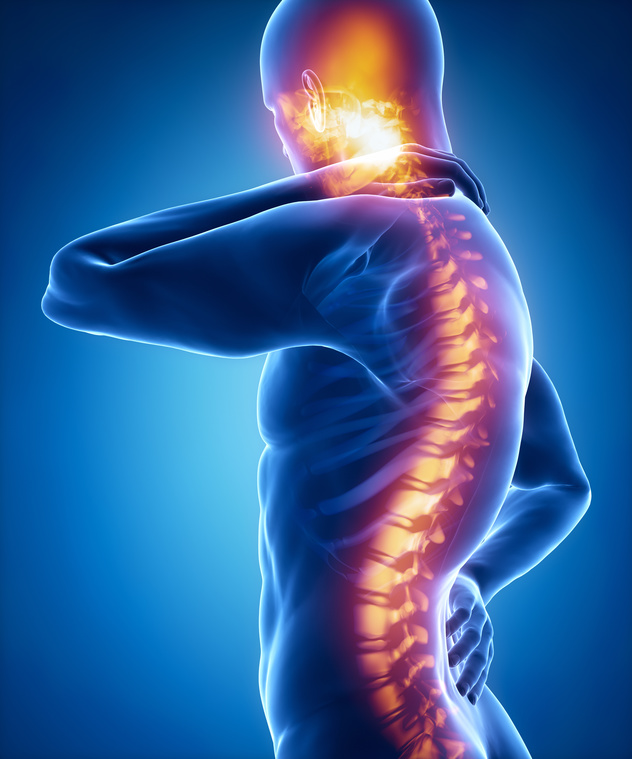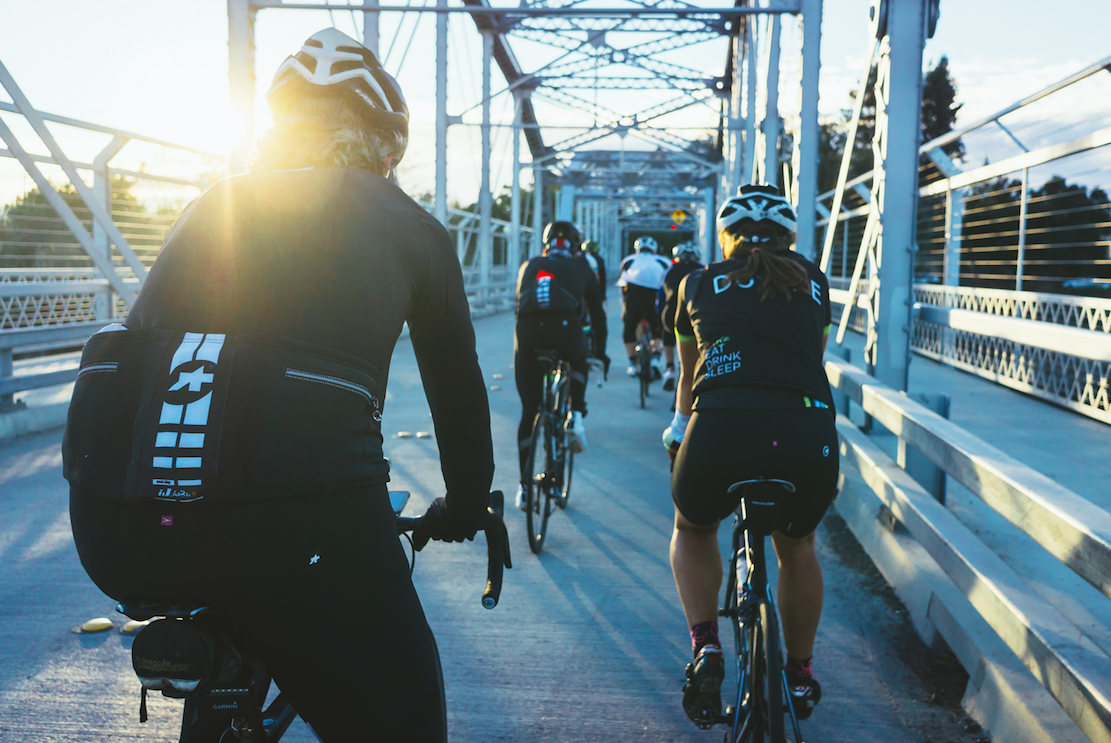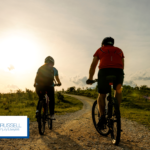Cycling to school can be a great opportunity for you and your children. Not only does it begin creating healthy fitness habits for your child, but it also creates a bonding activity for the both of you.
However, cycling poses some serious dangers to your child. Before you hit the road, or trail, with your kids make sure you read over these tips from Liv:
1. Pick an appropriate route
Before venturing out with your children on a bike-ride to school consider the route you are going to take. Ride it first on your own and notice any key aspects of the route. Are there bike paths available? What is the traffic like when you will be biking? How long or steep is the ride? If the route has lots of traffic, is too difficult for you child’s fitness level, or poses dangers for their experience level you should find a safe and appropriate route for them, or reconsider.
2. Prepare your child’s bike
Kids grow quickly, and that means they can grow out of their bicycles quickly. Make sure that your child’s bike still fits, and that it works properly. Teach your children to check the air pressure, breaks and chain before hopping on their bike each time to prevent an accident or injury. Also, your child’s bike should have a horn or bell, as well as proper lights in case of inclement weather or riding at night.
3. Get and adjust a certified helmet
According to Ontario law anyone under the age of 18 must wear a helmet while cycling. But it takes more than just wearing one to protect your child. The helmet needs to fit properly. While purchasing a helmet make sure it is the correct size, as well as certified, and before your child wears the helmet make sure you adjust it for proper fit. Never let your child wear a helmet that has already experienced impact.
4. Avoid dangerous clothing
Wearing certain types of clothing while biking can create a safety hazard for your children. Children should avoid wearing footwear that could get caught in parts of the bike—like running shoes with untied shoe laces or loose sandals. Also, loose pant legs or other loose pieces of clothing below the waist can become caught in parts of the bike and should be avoided.
5. Educate on bike safety
Before you and your child leave home on your bikes you should talk to your child about bike safety. Going through the basics of yielding to and communicating with pedestrians, biking on the right side in a straight predictable line, and taking caution at intersections or driveways is a must. Also, have your children practice good communication with drivers. Making eye contact with drivers to make sure they are seen and using biking signals to communicate with drivers are skills they should learn as early as possible.
Even if you and your children are practicing safe cycling, sometimes you can still be injured by others. If you or someone you love has been injured by another party’s negligence while cycling we can help with their recovery journey.
Fast dial #1000 free from your cell and we’ll get you the support you need.

